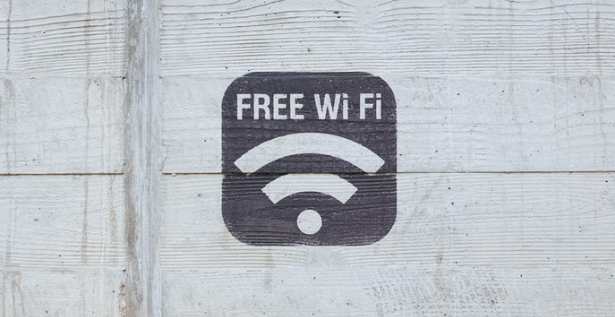Almost every public place and every home now have Wi-Fi. Using wireless Internet means always possible to access the network from almost any place. It’s very convenient because you can work, watch movies, download useful information and stay always in touch, using various devices. However, there are situations when to the Internet, for which you pay, other devices are connected. As a result, the quality of the connection goes down. And you wonder how to find out who’s using your Wi-Fi and how to disable the third-party user.
So, here is how to kick someone unwanted from your Wi-Fi network.
What does Internet connection mean
The fields of use for modern personal computing devices are varied and include a substantial list. Devices are used everywhere. And if previously the boundaries of the areas were clearly delineated, today the degree of interchangeability of devices has grown many times over. A generalizing factor, in addition to the increased functionality of devices, both stationary and mobile versions, was the development, implementation, and ubiquity of the international computer network.
With the largest database of various types of data and the unique ability to provide, under the right conditions, unrestricted access to the network from any device, the Internet has become the main platform for the performance of a variety of activities. Conducting professional activities, carrying out various business, educational, consulting procedures, social communication of users, official and private correspondence, creation, viewing, exchange, and distribution of various digital pictures and video compositions and many other things on the Internet has become much faster and much more convenient, increasing the speed of data processing and transmission manifold.
What does Wi-Fi mean
Initially, connection to the Internet provided for the use of wired methods, but with the development of new standards and methods of remote data transmission, the mass use of the network has risen to a much new level. The main universal way of connecting to the Internet has become a family of standards for the wireless protocol of digital data exchange over radio channels, represented by the generalized name of wireless local area network technology.
Using a Wi-Fi connection to access the Internet requires special equipment capable of processing, receiving, and distributing the signal. And the most commonly used is a universal router, which combines wired and wireless Internet access, and is capable of serving several different devices simultaneously, using different or the same network access.
To confidently connect through the router, it is sufficient to know the network account name and password previously set by the owner of the device. And if the credentials were transferred by the owner not only to trusted users but also to third-party subscribers (friends or acquaintances for a one-time connection), then any of the owners of the remote connection data can freely use unrestricted access to the Internet from any number of third-party devices.
How to change the password of your Wi-Fi network
If you want to protect yourself from an unauthorized connection of third-party users via a Wi-Fi network, you can use an easy and guaranteed way which consists of a simple change of the user’s Wi-Fi network password on your personal router. Once the credentials have been updated, any devices directly connected to this network, including any router-owner devices that have permission to connect, will be forcibly disconnected. And in order to reconnect to the network, new passphrase values will need to be re-entered on all devices for which such connection is required. A third-party user who does not have the new login credentials will not be able to connect.
Changing the Wi-Fi password is done in the settings of the network router, which can be accessed in a web browser by entering the appropriate address in the address bar. Using their own credentials, the user should enter the settings management system, find the section that often has the words “wireless”, “Wi-Fi”, “Wireless” in its name, and is responsible for assigning the “Wi-Fi” network a specific name and passphrase, and set the new settings.
If it is difficult to find the appropriate section in the router’s web interface, users can look up the manufacturer’s manual by device brand to find the official description of the parameters of all the sections present. Once the change is complete, the user’s network will become inaccessible to third-party devices that do not have the new password, and their subsequent connection will become impossible.
How to block the unwanted device using a MAC address
If you want to block the unwanted device using a MAC address, you have to follow these steps:
- First of all, go to the settings and click the “Wireless MAC” tab. In the selected item, enable the MAC filter by selecting “Enabled”.
- Next, by clicking on the button to add devices to disable them, you must specify the device code. This address can be easily viewed on the same tab by selecting “Statistics”.
- After you have clicked the add device button to ban it and entered its MAC address, leave the status as “Enabled” and save the settings.
After performing these actions, the wireless gadget thief will be disabled. The user is also given the option to change the parameters mentioned earlier. The change function is necessary to block the device again if it changes the MAC address.
How to use a guest network
A guest Wi-Fi network also allows you to access the Internet. In this case, the devices connected to this wireless network will be isolated from the resources of your main local network. This will protect it by providing Internet access to outside users.
Many models of modern routers offer such a feature, naming it differently but keeping a common clear meaning, often including the obligatory phrase “guest” in their settings. A user’s guest network can have a completely separate password, managed separately from the main network and without affecting its settings. The user can change the password at any time without any negative consequences for the network connections of his authorized devices.
Often users can also isolate the guest network from their main network by blocking third-party devices from accessing shared folders on their computers or other network-connected devices.






